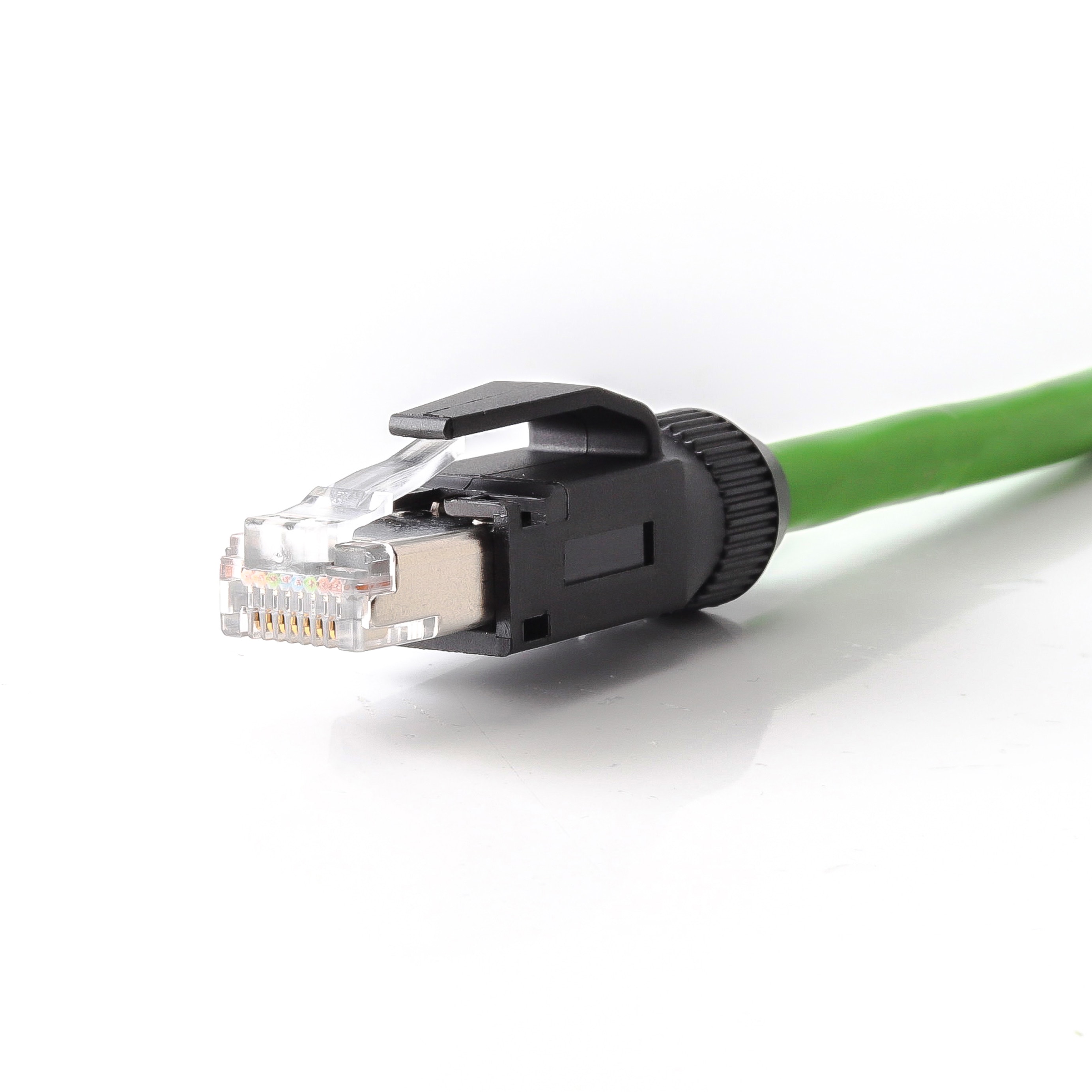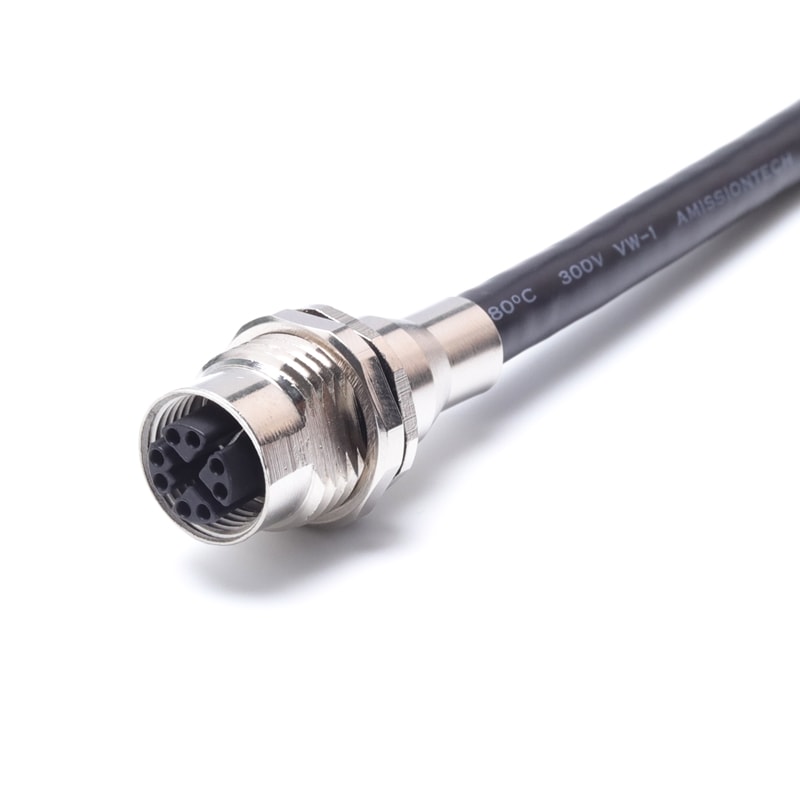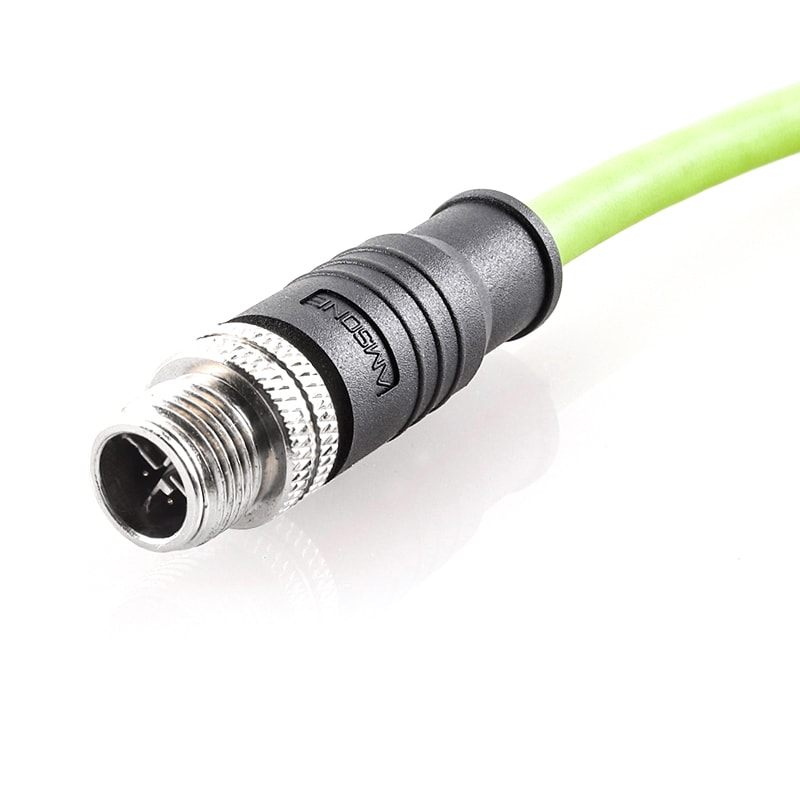How to Choose the Ideal Ethernet Cable
Views: 944
Author: Site Editor
Publish Time: 2025-09-17
Origin: Site
A reliable network connection depends not only on the router or switch but also on the Ethernet cable you choose. The right cable ensures fast data transfer, stable performance, and long-term durability. Since different environments and applications have different requirements, knowing how to select the ideal Ethernet cable can save costs and prevent future problems.
Three Key Criteria for Ethernet Cable Selection
When selecting an Ethernet cable, there are three important factors to consider: category, jacket composition, and shielding. Each of these elements influences how well the cable performs in your setup. By understanding these basics, you can make an informed decision instead of relying on guesswork.
Cable Category Explained
The most common way to classify Ethernet cables is by “Cat,” short for category. Each category sets a standard for speed and bandwidth. For example, Cat5e is an affordable choice that supports up to 1–2.5 Gbps, making it good for basic home networks. Cat6 goes further, supporting up to 10 Gbps at shorter distances.
For businesses or users who expect higher demands, Cat6a is recommended. It maintains 10 Gbps speed even over longer runs, making it suitable for offices, data centers, and future upgrades. Cat7 and Cat7a exist but often face compatibility issues, while Cat8 offers extremely high speed (up to 40 Gbps) mainly for data centers. In most cases, Cat6a provides the best balance of performance and cost, ensuring your network stays efficient and future-proof.
Jacket Composition and Installation Environment
The outer jacket of an Ethernet cable plays a big role in where and how it can be installed. Choosing the right jacket ensures the cable can withstand the physical environment and meet safety standards.
For indoor installations, the most common jackets are:
Riser (CMR): A safe and affordable option for vertical spaces between floors.
Plenum (CMP): Designed for HVAC spaces with higher fire resistance.
For outdoor use, the jackets need to handle tougher conditions:
Outdoor-rated cable: Protects against UV rays, moisture, and changing weather.
Direct burial cable: Includes waterproof layers or gel, making it suitable for underground installations.
By matching the jacket to the environment, you reduce the risk of cable failure and improve long-term reliability.
Shielding Options and Electromagnetic Environment
Another factor to think about is whether the cable should be shielded. Shielding protects the signal from outside interference, which is especially important in certain environments.
Unshielded Twisted Pair (UTP): Common for homes and offices with little interference. It is cost-effective and easy to install.
Shielded cables (STP or FTP): Best for areas with strong electromagnetic interference, such as near motors, generators, or electrical panels.
If cables are suspended outdoors, shielding also helps reduce static buildup. To avoid EMI issues, it is also good practice to keep Ethernet cables at least 8 inches away from power lines. This simple step ensures better signal integrity.

Additional Cable Styles and Features
Beyond the standard types, Ethernet cables also come in special designs that suit different applications. Slim or ultra-slim cables are great for data centers where space is limited, while flat cables can be hidden under carpets or behind furniture for a cleaner look.
For specific needs, solid core cables are better for long runs since they provide stable signals, while armored cables offer extra protection in outdoor or industrial environments. Braided cables are flexible and resistant to bending, making them durable in high-movement areas. Lastly, using cables with different colors helps organize complex networks, which is useful in server rooms or offices.
Common Mistakes to Avoid
When buying Ethernet cables, many people make the mistake of choosing the highest category available, like Cat8, even if they don’t need such high speeds. This often leads to unnecessary costs without real benefits. Another common error is ignoring the installation environment. For example, using indoor cables outdoors can result in rapid damage from weather or moisture.
It is also important not to overlook future expansion. Choosing a cable that barely meets today’s needs may require replacement sooner than expected. A forward-looking choice, such as Cat6a with proper shielding and jacket, is usually the smarter investment.
Conclusion and Recommendation
In summary, choosing the ideal Ethernet cable requires attention to three main factors: category, jacket, and shielding. Each decision impacts performance, durability, and cost-effectiveness. Whether you are setting up a home network or managing a data center, selecting the right cable ensures stable connections and smooth data transfer.
To avoid mistakes and get the most suitable solution, working with a trusted industrial cable supplier is highly recommended. Amissiontech provides high-quality Ethernet cables and other industrial cabling products that meet strict standards and fit a wide range of applications. If you are looking for reliable and durable network solutions, Amissiontech is your ideal partner.

 EN
EN DE
DE JP
JP ES
ES SE
SE FR
FR IT
IT CN
CN 한국어
한국어 ภาษาไทย
ภาษาไทย بالعربية
بالعربية Nederlands
Nederlands Türkçe
Türkçe Język polski
Język polski Tiếng Việt
Tiếng Việt Zulu
Zulu Bahasa Malay
Bahasa Malay


